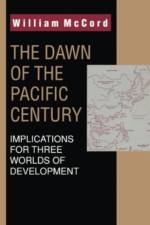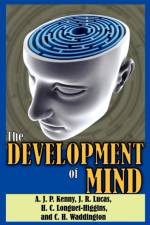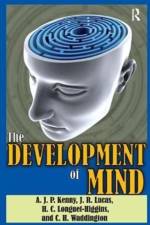av William McCord
1 629,-
This book is a bold affirmation of the Asian "miracle" of development, an explanation of the reasons for its success, and a review of its implications. As McCord reminds us, understanding why and how these nations have propelled themselves so far, so fast, is a key to anticipating the destiny of much of the rest of the world.Despite their interest, analysts have been confounded in attempts to explain Asian development-without resources and colonies, without internal violence, and broadly distributing wealth as they have grown. Existing theories of development offer little guidance. Even explanations that look to the special circumstances of Asian countries have their weaknesses. McCord considers some of these ideas, so as to draw from them common themes. These so-called explanations have ranged from the "culture" argument, which he generally discounts, to the more persuasive arguments positing that Asian social structures have enabled them to avoid some of the problems in the West, while wise political policies have fueled economic development Reviewing all of these explanations, McCord identifies a common group of socioeconomic values and policies shared by most of these nations. And these, he shows, tell us much.The Dawn of the Pacific Century convincingly makes the case for a genuinely Asian model of development-one that must be understood, on its own terms, without reference to either Adam Smith or Karl Marx. McCord's is an optimistic vision. He acknowledges some very real perils that may lay ahead for these nations, but believes they will be overcome. On the critical question of whether the Asian model is applicable to other parts of the developing world McCord answers "Yes, if...", and outlines what non-Asian nations must do to achieve their own successes.Engagingly written, displaying a commanding knowledge of a broad range of literature, and informed by deep personal experience in Asia and other parts of the world, The Dawn of the Pacific Century challenges conventional thinking. It should find a broad professional social science readership. In addition, those general readers who wish to learn from and understand the Asian challenge will find this book a good beginning.




